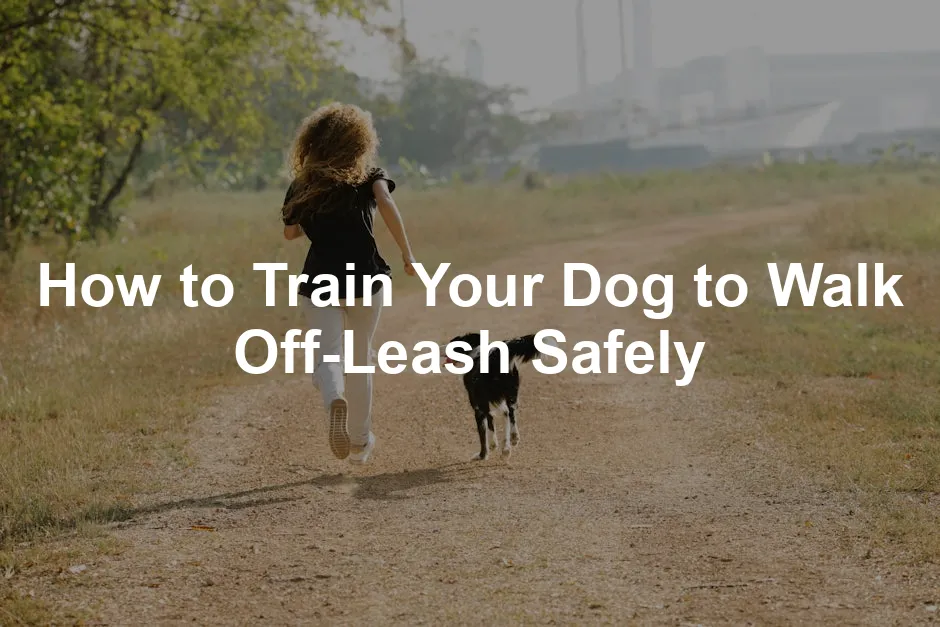Introduction
Imagine your dog running freely, tail wagging and tongue lolling, as they explore the great outdoors. That’s the beauty of off-leash walking! It’s not just about the thrill; it’s a fantastic way for dogs to get exercise and mental stimulation.
However, with great freedom comes great responsibility. Proper training is essential to ensure safety and control. Without it, your pup might chase after a squirrel, dart into traffic, or cause chaos at the dog park. That’s not the kind of adventure you want!
In this guide, we’ll break down essential aspects of off-leash training. You’ll learn what off-leash training entails, the benefits it brings, and how to prepare for a successful journey. With patience and practice, you can transform your furry friend into a reliable off-leash companion.
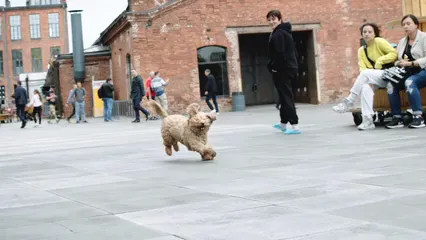
Understanding Off-Leash Training
What Is Off-Leash Training?
Off-leash training involves teaching your dog to walk without a leash while still responding to your commands. It’s a step away from traditional leash walking, where you have direct control over your pup’s movements. Instead, off-leash walking gives them the freedom to roam, sniff, and socialize—if they choose to stay close to you, that is!
While on-leash walking is more about control, off-leash training emphasizes trust and communication. Your dog should understand and obey commands like “come” and “stay,” even when distractions arise.
Why Train Your Dog to Walk Off-Leash?
The benefits of off-leash walking are abundant! Firstly, it grants your dog the freedom to explore their environment. They can run, play, and interact with other dogs, which enriches their lives.
Secondly, off-leash walking provides excellent physical exercise. Imagine the energy your pup burns while sprinting around a park! It’s a great way to keep them fit and healthy.
Moreover, off-leash training fosters a stronger bond between you and your furry friend. Trust is vital—your dog learns to rely on you for guidance, while you gain confidence in their ability to behave responsibly. It’s a win-win situation that leads to countless happy adventures together!
So, are you ready to unleash the fun? Stay tuned for more tips on preparing for off-leash training, and let’s get this journey started!
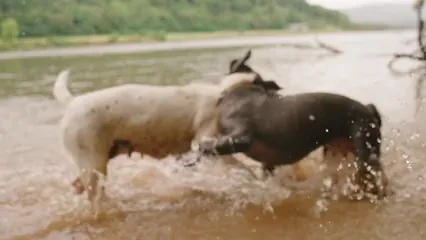
Preparing for Off-Leash Training
Assessing Your Dog’s Readiness
Before you start dreaming of off-leash adventures, it’s vital to assess whether your dog is ready for such freedom. First and foremost, reliable recall is essential. Your dog should come back to you consistently, even when distractions lurk around every corner. If your dog bolts for a squirrel, you’ll want them coming back faster than a speeding bullet!
Look for signs of obedience to basic commands too. Can your dog sit, stay, and heel like a champion? If so, you’re on the right track. It’s also important to consider your dog’s temperament. Some pups thrive on the unpredictability of off-leash environments, while others may find the freedom overwhelming. Dogs that are easily distracted or overly curious may need more training before being trusted off-leash.
Finally, ensure your dog is in good health and up-to-date on vaccinations. This helps keep both your dog and other animals safe during their adventures. And speaking of health, make sure you’re feeding your furry friend the best with Blue Buffalo Life Protection Formula Adult Dog Food. It’s nutritious and will keep your pup energized for all those adventures!

Choosing the Right Environment
Picking the perfect spot for off-leash training is like choosing the right cheese for your sandwich; it makes all the difference! Start in safe, enclosed areas like fenced yards or designated dog parks. These spaces reduce the risk of your dog running off into traffic or getting into mischief with other dogs.
Minimizing distractions is key during initial training sessions. Opt for quiet times at the park when fewer dogs and people are around. This allows your dog to focus on you instead of the myriad of temptations that can lead them astray. As they become more reliable, you can gradually introduce them to busier environments. Think of it as leveling up in a video game—start easy and work your way up to the bosses!
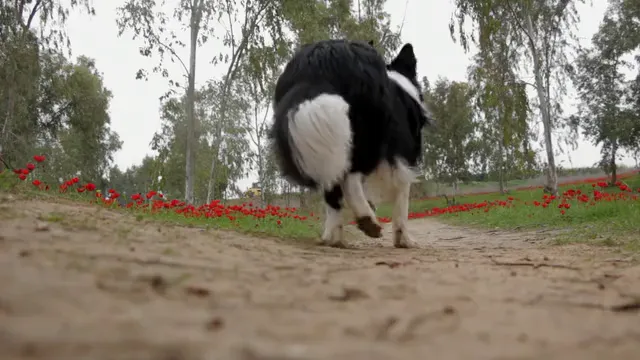
Necessary Equipment
Having the right gear can make or break your off-leash training experience. Start with a long line—this gives your dog a taste of freedom while still keeping them safe. A long line allows for a reliable recall practice without the risk of running off completely. You might want to check out the PetSafe Elite Little Dog Remote Trainer to help reinforce those commands from a distance!
Invest in a well-fitted collar or harness. Comfort is key; if your dog is uncomfortable, they’ll be more likely to wiggle out of it. Safety gear is essential too! ID tags are a must; include your contact information in case your dog decides to play hide and seek. Microchipping is even better for ensuring your pup can always find their way back home.
Lastly, don’t forget about treats! High-value rewards are essential for encouraging good behavior and reinforcing your training efforts. Think of them as the icing on the cake—dogs thrive on praise and tasty morsels, especially when they’re learning something new. Consider using Zuke’s Mini Naturals Dog Treats for those training sessions—they’re like doggie candy!
With these preparations in place, you’re well on your way to having a happy, well-trained off-leash companion. So grab your gear, find a safe space, and get ready to enjoy the joys of off-leash adventures together!
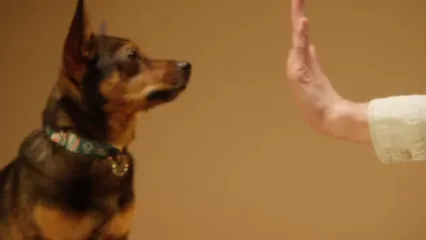
Training Techniques for Off-Leash Walking
Training your dog to walk off-leash isn’t just about freedom; it’s about trust and safety. Let’s jump into some techniques that will help you achieve this goal while keeping your dog happy and secure.
Building Basic Commands
Before your dog can frolic off-leash, they need to master some vital commands. These are the building blocks for a safe off-leash experience. Key commands include “come,” “stay,” “leave it,” and “heel.”
Start with “come.” When your dog hears this command, they should trot back to you faster than a kid hearing the ice cream truck! Use a happy tone and reward them with treats or praise when they respond correctly. This reinforces their good behavior.
Next, teach “stay.” Begin by showing your dog a treat, then tell them to “stay” as you back away. Gradually increase the distance over time. Positive reinforcement is essential here—if they stay put, shower them with love and rewards!
For “leave it,” hold a treat in your hand. When your dog tries to grab it, say “leave it.” Once they pull away, reward them with a different treat. This command is crucial for ensuring your dog doesn’t go after things they shouldn’t. You can use a Dog Training Clicker to help with training too—it’s a great way to mark good behavior!
Finally, “heel” is important for keeping your dog close by your side. Practice walking with your dog on a leash, rewarding them when they stay next to you without pulling. This command helps maintain control during off-leash adventures.

Practicing Recall
Recall is the most critical skill in off-leash training. If your dog can’t come back when called, it’s a recipe for disaster. Start practicing recall in a distraction-free area. Use high-value treats—think of those yummy chicken bits your dog can’t resist!
Call your dog’s name followed by “come!” When they return, reward them like they just won the canine lottery. Make it a game! If they don’t respond, don’t panic. Instead, gently reel them back in using a long line. This helps them learn without the full freedom of off-leash walking.
Common mistakes to avoid include calling your dog only when it’s time to go home. This association can make them reluctant to come back. Instead, make coming to you a fun and rewarding experience, even when they’re having a blast.
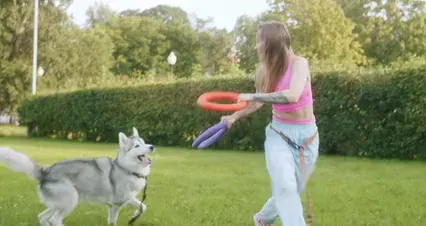
Gradual Transition to Off-Leash
Once your dog reliably follows commands, it’s time to ease into off-leash walking.
Using a Long Line
A long line is your best friend during this transition. It allows your dog to feel the freedom of being off-leash while still giving you control. Start in a safe, enclosed area where distractions are minimal. You can grab a quality long line here to assist with your training!
As your dog gets comfortable, let them roam while you maintain a loose grip on the long line. When they respond to commands, reward them! Gradually increase the distance between you and your dog, but always monitor their behavior. If they seem to lose focus, reel them back in and try again.
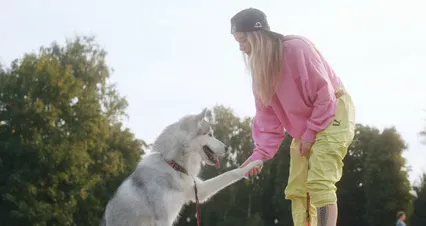
Introducing Distractions
Now comes the fun part—introducing distractions! This step is crucial for ensuring your dog remains reliable off-leash. Start in a familiar environment and slowly incorporate new distractions, like other dogs or squirrels.
Practice commands as you encounter these distractions, rewarding your dog for staying focused. It’s like a game of concentration! Change up your training locations to expose your dog to different sights and sounds. This not only keeps them engaged but also helps them learn to focus in various environments.
Always remember, patience is key. Training is a process, not a race. With time and consistency, your dog will thrive in off-leash situations, making your adventures together all the more enjoyable. Happy training!
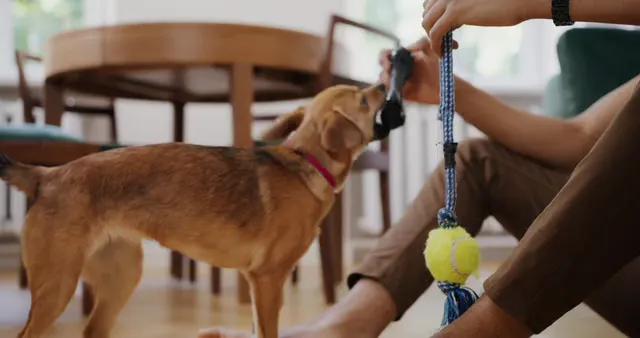
Reinforcement and Continuation
Training your dog to walk off-leash is just the beginning. Like a fine wine, skills need time to breathe! Continued practice and reinforcement are crucial for maintaining those hard-earned commands. Think of it as a workout routine. You wouldn’t expect to lift weights once and become a champion, right? Your dog needs regular sessions to keep their skills sharp.
Regular off-leash sessions are essential. These outings help your dog remember what you’ve taught them. Plus, they’re a great way to bond! When you practice in varied environments, your dog learns to listen no matter the distractions. Keep it fresh with new locations and challenges. A little variety keeps the excitement alive, just like switching from vanilla to chocolate sprinkles!
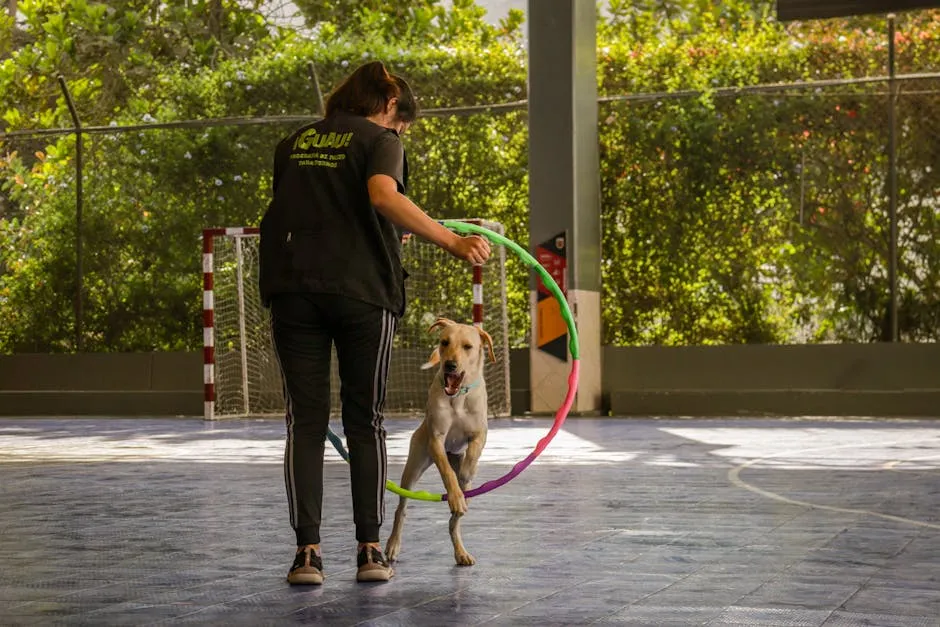
Troubleshooting Common Issues
Dealing with Distractions
Distractions can be like those annoying pop-up ads on your computer—super hard to ignore! To keep your dog focused, start with high-value treats. Think of them as the VIP tickets to your dog’s attention. When distractions arise, use their name with a cheerful tone. Pair this with a cue, like “look!” or “this way!”
If they start to wander, redirect their attention with a toy or treat. It’s like waving a shiny object in the air to regain focus. If your dog seems distracted by other animals, practice a “leave it” command frequently. This teaches them that staying close to you is much more rewarding than chasing after that fluffy tail or curious squirrel. A great toy for this is the Outward Hound Hide-A-Squirrel Puzzle Dog Toy—it can keep them engaged and distracted from other temptations!
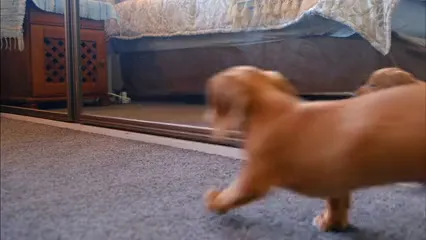
What to Do If Your Dog Runs Off
Uh-oh! Your dog has taken off faster than a cheetah! First, take a deep breath. Staying calm is crucial. Dogs can sense your panic. Instead of chasing, call your dog back using a firm but friendly voice. Use their recall command, and if they show interest in treats, make them visible!
If your dog still seems uninterested, try turning away and walking in the opposite direction. This can encourage them to follow you out of curiosity. It’s reverse psychology at its finest! Always remember, having your dog microchipped or wearing an ID tag can save the day if they wander too far. Don’t forget to check out the Dog First Aid Kit for emergencies!
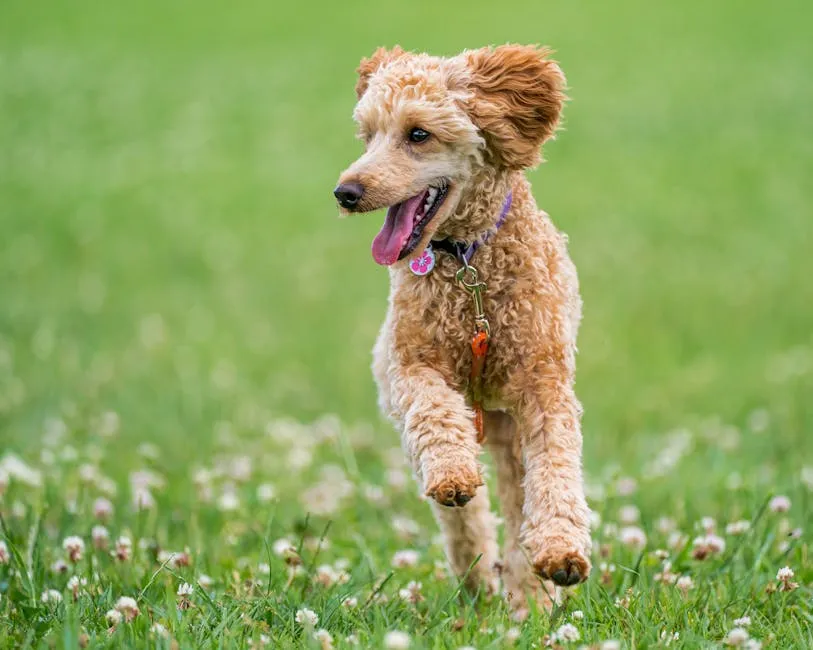
Recognizing and Addressing Behavioral Problems
Sometimes, off-leash training can reveal some unexpected quirks. Common issues include chasing after cars, being fearful, or being overly excited by other dogs. If your dog shows signs of chasing, it might be time to review their recall training. Use a long line during practice to help them learn self-control.
For fearful dogs, create a positive association with new experiences. Gradually introduce them to different environments, rewarding them for staying calm. If your dog is overly excited or reactive, consider extra training sessions focused on impulse control. Remember, every dog is unique! Tailor your approach to fit their personality like a well-fitted doggy sweater.
In the end, patience, consistency, and a sprinkle of humor can help you handle these challenges. Celebrate even the smallest victories, and relish the journey of training together. Off-leash adventures await, and they’re just a command away!
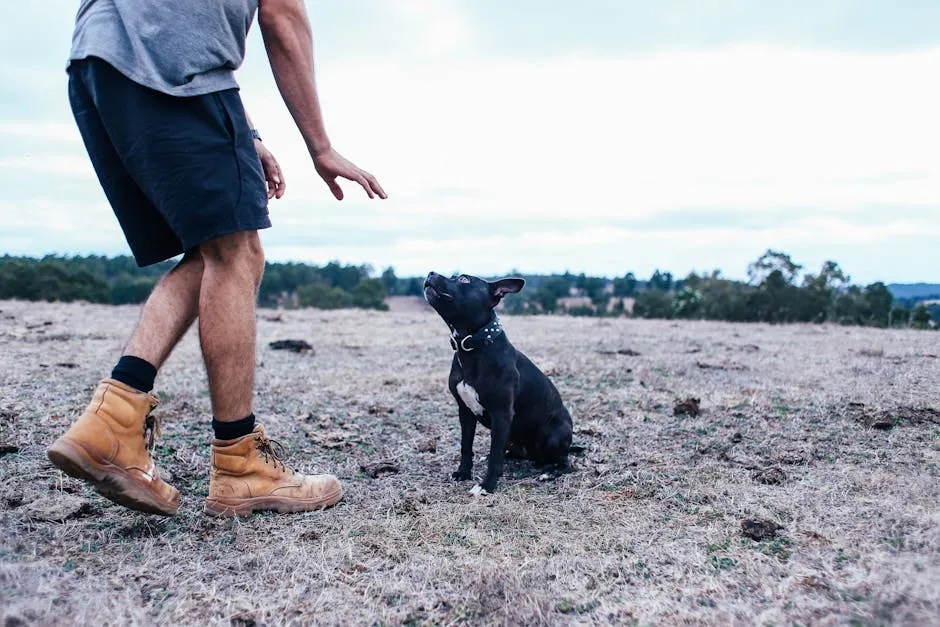
Legal and Safety Considerations
Understanding Local Laws
Before embarking on off-leash adventures, it’s crucial to familiarize yourself with local leash laws. Yes, even Fido needs to play by the rules! Municipalities have different regulations regarding off-leash walking. Some areas embrace it, while others have strict leash laws. Knowing the rules can save you from potential fines or, worse, losing your furry friend to a surprise encounter with a dog catcher.
Start by researching designated off-leash parks in your area. These spaces are designed for dogs to frolic freely, allowing them to socialize with other pups. Always look for specific rules regarding leash length and control requirements. A friendly reminder: always carry a leash, even if your dog is a superstar at following commands. You never know when an unexpected squirrel might make an appearance!
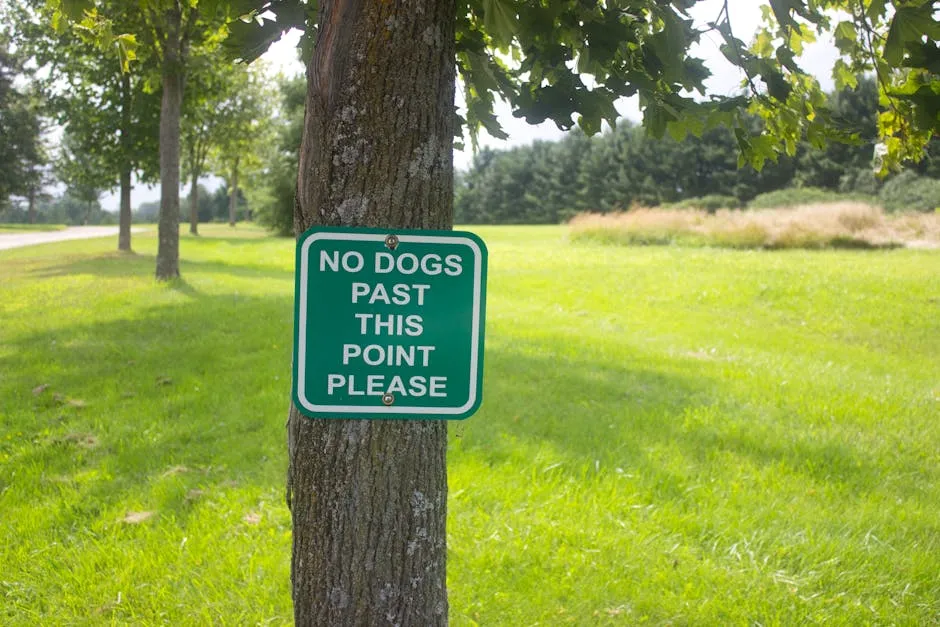
Assessing Risks
While off-leash walking offers great freedom, it also comes with risks. Imagine your dog spotting a deer and dashing off like a furry rocket. Now, that’s not the kind of wildlife encounter you want! Off-leash settings can lead to potential dangers, such as wildlife, traffic, or even other dogs that might not share your pup’s friendly demeanor.
To mitigate these risks, choose safe environments for off-leash training. Begin in enclosed spaces like fenced parks, where distractions are minimal. Gradually introduce your dog to busier environments as their training progresses. This way, they can learn to ignore distractions in a controlled manner.
Always be aware of your dog’s body language. If they seem overly excited or anxious, it might be best to leash them temporarily. Keeping your dog safe is your responsibility. Be prepared for any situation by having a reliable recall command and treats handy. This way, you can encourage your pup to return when they get too curious. And for those hot days, consider getting a Dog Cooling Mat to keep your pup comfortable!
Remember, off-leash training is a journey. Just like you wouldn’t jump into a pool without checking the water first, ensure your dog is ready for the off-leash experience. With the right preparation, you can enjoy the joys of off-leash walking while keeping your furry buddy safe and happy.
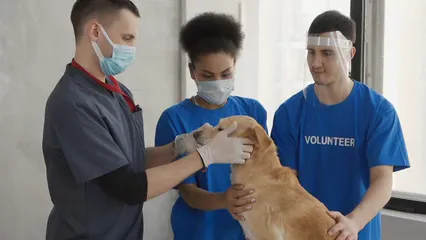
Conclusion
Training your dog to walk off-leash safely is not just a fun activity; it’s a necessity for their well-being. A well-trained dog brings joy to both you and your four-legged companion. Remember, patience and consistency are your best friends throughout this process.
As you embark on this journey, cherish the moments spent training together. Celebrate the small victories, whether it’s a successful recall or a peaceful stroll in the park. In the end, a well-trained off-leash dog enhances your adventures together and deepens the bond you share. So, lace up those shoes and get ready for some tail-wagging fun!
FAQs
Can all dogs be trained to walk off-leash?
Not every dog is cut out for off-leash training. Factors like temperament, age, and energy levels can impact their suitability. For example, young puppies might be too easily distracted, while older dogs may be more reliable. Always assess your dog’s personality before deciding on off-leash training.
When is it safe to let my dog off-leash?
The ideal time to go off-leash is in controlled environments like dog parks or fenced-in areas. Avoid crowded spots and busy roads. If your dog shows reliable recall and stays calm around distractions, it might be a good time to let them roam.
How long does it take to train a dog to walk off-leash?
Training times vary based on individual dogs and training consistency. Some pups may catch on quickly, while others need more time. Regular practice and patience are key. Celebrate progress, no matter how small!
What should I do if my dog doesn’t come when called?
If your dog ignores your call, avoid panicking. Instead, calmly encourage them back using treats or a favorite toy. If they’re too distracted, gently reel them back in with a long line, gradually reinforcing the recall command during training.
Is off-leash training suitable for all dog breeds?
Not all breeds have the same instincts and behaviors. Some breeds, like sight hounds, may be prone to chasing. Others might be more independent. Always consider your dog’s breed characteristics when deciding on off-leash training. Tailor your approach to suit their unique needs!
Please let us know what you think about our content by leaving a comment down below!
Thank you for reading till here 🙂
For those adopting a rescue dog with anxiety, it’s essential to consider effective dog training tips that can help in building trust and ensuring a smoother transition.
All images from Pexels

